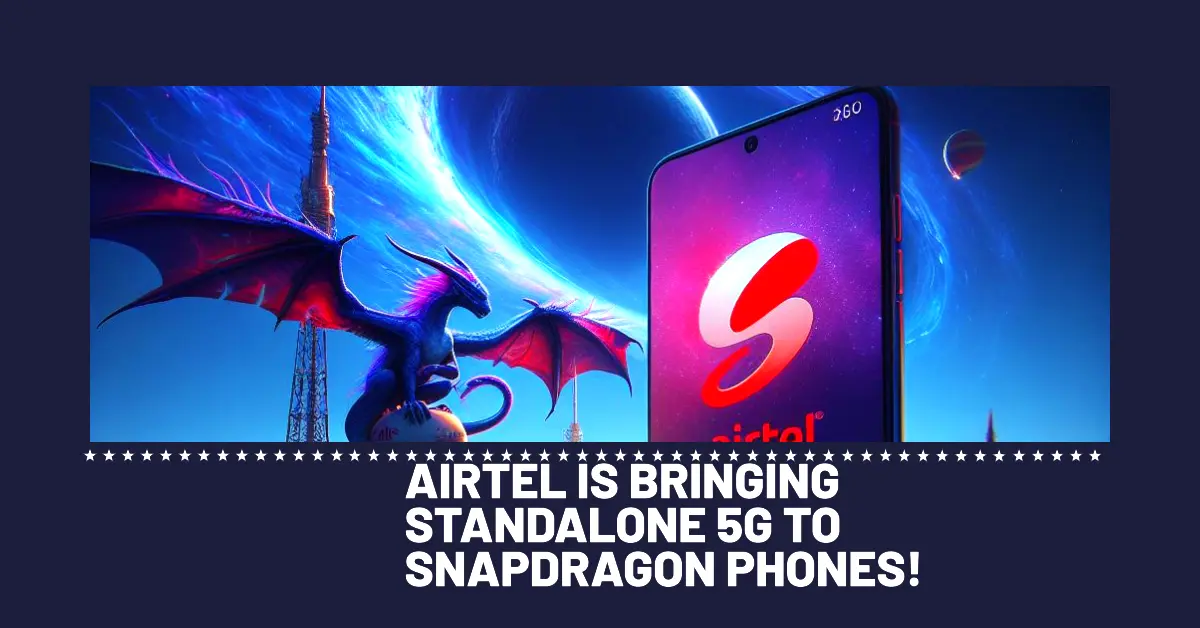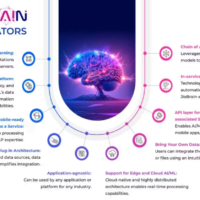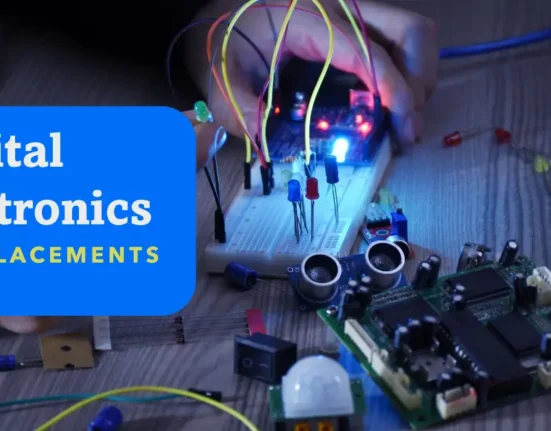Finally a good news is surfacing online that Airtel has finally started working on its standalone Airtel 5G network with advanced technology (RedCap Technology) but with a catch that it will work only on smartphones powered with Snapdragon chipsets.
- Inside AXI: The Invisible Backbone of AI Accelerators
- Carry Lookahead Adders Explained: Why Tree-Based Logic Powers Modern CPUs ?
- What Is AMBA? A Simple Guide to Advanced Microcontroller Bus Architecture for SoC Designers
- How Wind Turbines Deliver Stable 50Hz Power at variable Wind Speed?
- Disney vs Midjourney Lawsuit Could Redefine Generative AI: Wireunwired Report
What is this RedCap Technology and how will this help smartphones ?
RedCap, or (reduced capability), is a ground-breaking technology that will power Airtel’s planned standalone 5G network. Its purpose is to minimise power consumption thus improving smartphones battery life while providing 5G speeds that are unbelievably fast. RedCap promises to provide a seamless and energy-efficient user experience by drastically lowering the heat production and battery depletion associated with conventional 5G networks.
This creative solution tackles one of the main issues with 5G adoption, which is the increased power consumption and decreased battery life of mobile devices. Airtel hopes to achieve the ideal mix between lightning-fast data rates and longer battery life—a critical component in today’s environment focused on mobile devices—by integrating RedCap.
Ericsson:The Technology Partner For Airtel 5G Standalone network
In order to make this innovative technology a reality, Airtel has partnered with Ericsson, a leading provider of telecommunications services and equipment worldwide. Ericsson is a perfect partner for Airtel’s 5G rollout plans because of its experience in deploying 5G networks and its extensive portfolio of RedCap-compatible products.
The partnership between these two titans of the business promises to produce a seamless, future-proof 5G network that will solve the pressing problem of power efficiency while simultaneously meeting the constantly increasing demand for high-speed connectivity.
The Snapdragon Catch
Discover more from WireUnwired
Subscribe to get the latest posts sent to your email.






